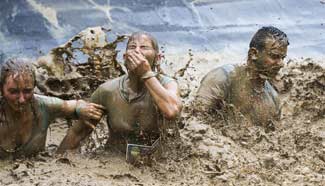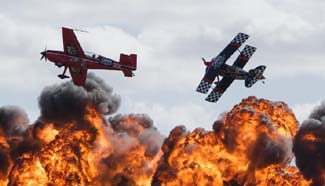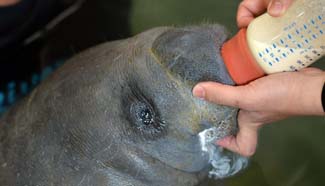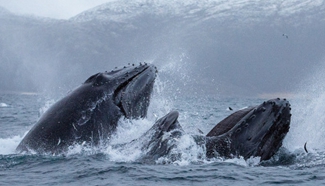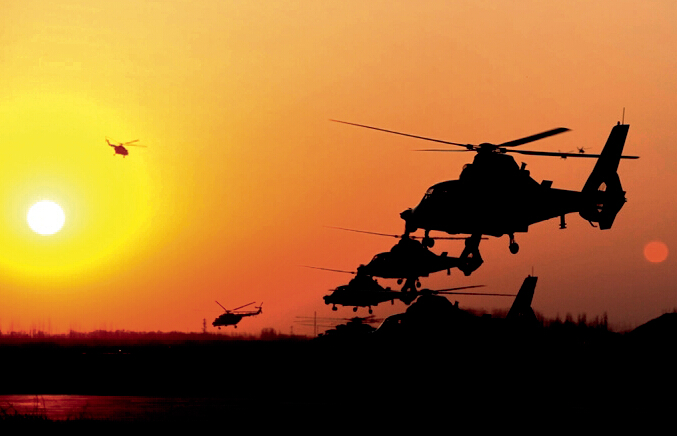
China’s military intensified its exercises in the summer with the “Stride-2015” and “Firepower-2015” series held in Zhurihe, Qingtongxia, Shandan, Taonan, Queshan and Sanjie. According to this year’s training plan, the General Staff Headquarters will deploy 29 brigades or regiments of seven military area commands to six training bases to conduct inter-regional live-fire exercises. Ten regrouped brigades will be trained in rotation at the Zhurihe base and five regrouped army brigades will go to Taonan, Queshan and Sanjie to complete the Stride-2015 series. Seven artillery brigades and seven army aviation brigades and regiments will go to Qingtongxia and Shandan respectively to finish the “Firepower-2015” drills. Compared to last year, this year’s exercises are larger in scale, cover a broader scope and follow higher standards.
Stride series emphasizes evaluation
In last year’s drills in Zhurihe, the Red Force scored six losses and one victory. This year, winners or losers will no longer make the news judging from the six exercises completed in Zhurihe and two in Queshan. The goal of the exercises has been adjusted to examine command and combat capacities. In line with the requirements to organize live-fire and rigorous combat conditions with practical and high standards, participating units must optimize their capabilities to confront rivals independently, maneuver according to unrehearsed instructions and will be precisely graded on a 1,000-mark system. The tests comprise three parts: combat command; live-fire combat; and comprehensive overhaul. These will involve seven aspects: long-range deployment; experimental strategies; battlefield maneuvers; combat organization; combat execution; review; and live-fire contests. The overall goal is to integrate training with actual combat conditions and improve the combat effectiveness of regrouped army units.
Combat organization and command. Before entering the Zhurihe base, participating units must first train in combat command at the Shijiazhuang and Nanjing Army Command Colleges. During this section, commanders are evaluated on their strategic thinking, flexibility, planning precision, command efficiency and tactical innovation.
Comprehensive combat. The focus of combat has shifted from individuals and weaponry to confrontation between operational platforms and systems. Victory is no longer decided in a single battle. The attack and defense confrontation of last year has been expanded to three rounds involving advance, positional offense and defense, and the scramble for key military positions in cities.
Air-ground cooperation. With more troops fighting on the combat system, this year’s exercise has seen fiercer contests. Meanwhile, the air and ground combat systems have been integrated for the first time to allow participants better respond to the changing battle situations.
Integration of new types of combat units with traditional troops. Support forces for air, army aviation, special force, technical and aerospace reconnaissance, electronic confrontation and psychological warfare units have been mobilized to meet special strategic and tactic purposes.
Scrutiny of operational plans. This year, the test of experimental operational planning is an independent program during which an operational test system at the Zhurihe joint combat research center will scrutinize the plans of participating units.
Night training. Participating units must complete mobilization and battlefield maneuvers of at least 100 kilometers at night. Live-fire night launches of projectiles were more intensive while aviation units were required to transport troops and block the night maneuvers.


